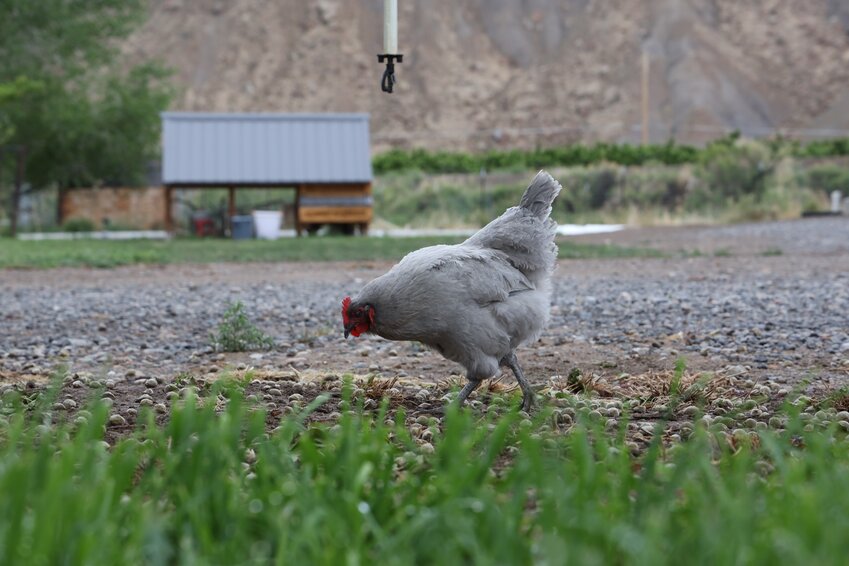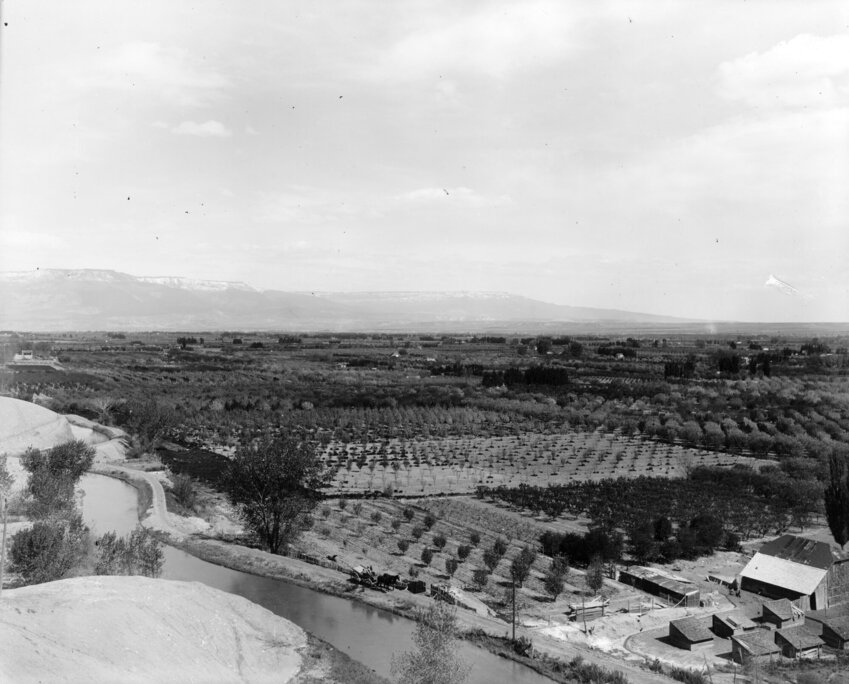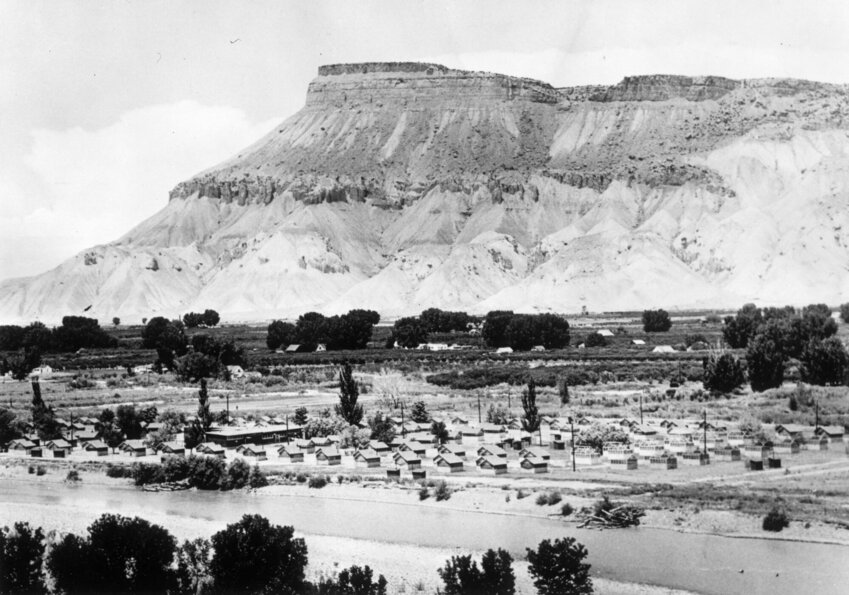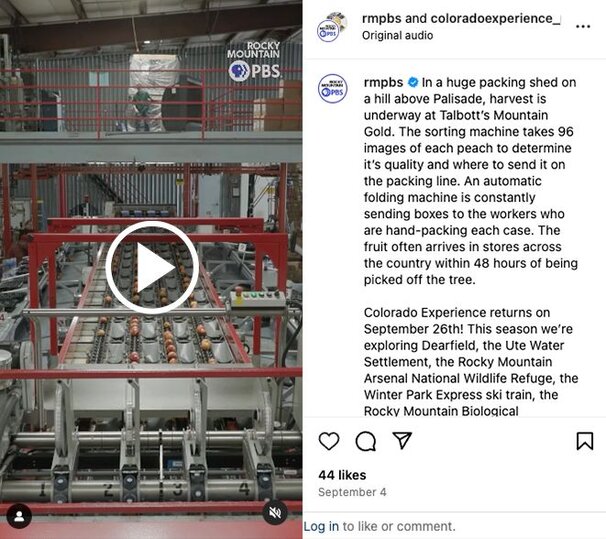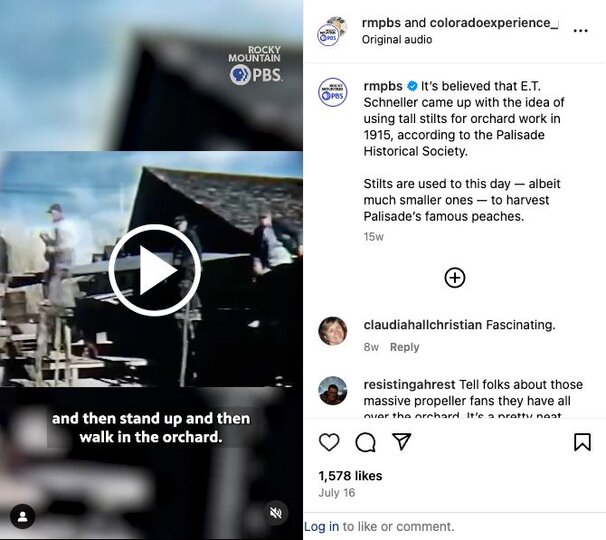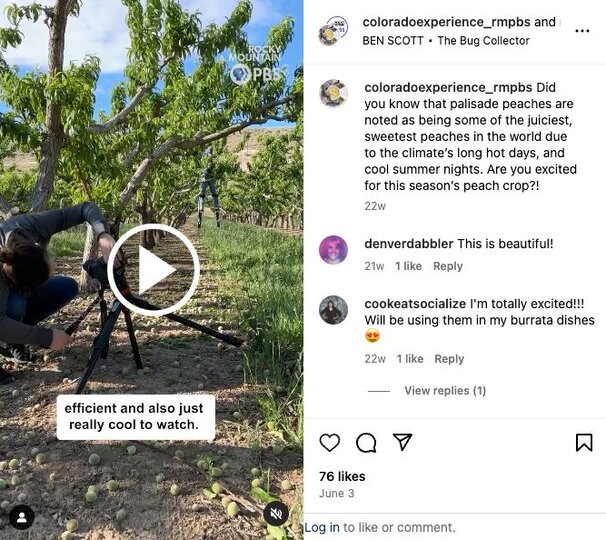Palisade Peaches
share

PALISADE, Colo. — No questions or hesitation about it, a peach grown in Palisade is better than one grown in Georgia. Maybe it’s bias from Priscilla Walker whose roots in Palisade go back more than a century or maybe there is something extra special about a Palisade peach.
Palisade is a town of about 2,500 people tucked into the eastern edge of the Grand Valley. The town sits in a perfect spot for what many call the “million dollar wind” or katabatic wind. This wind moves about 5-10 miles per hour from the north over the Book Cliffs down into the valley raising the temperatures just enough to save delicate spring fruit buds from freezing.
While the wind has saved the buds for generations, the high altitude and drastic swings in temperature also play key roles in making Palisade peaches so sweet.
“So our days are hot and you build flavor,” said Bruce Talbott of Talbott Farms, “And our nights are cold and you retain it.”
“Just makes for a unique area to grow peaches and produce the nicest in the country,” said Dennis Clark of Clark Family Orchards.
Palisade has been a hub for fruit growing, specifically peaches, for the past 140 years. White settlers moved into the Grand Valley in the 1880s after the Ute Indians were forcibly removed from their homelands in Western Colorado.
Early fruit growers then spent the next few decades digging irrigation canals and establishing irrigation systems to build an industry that shipped millions of peaches out across the country every year.
“We have a chart over here from 1931 to 1975 [of] how many boxcars were shipped by the United Fruit Growers each year of that time. So you can see good years where they'd ship 1,000 or 1,100 refrigerated boxcars with 80,000 peaches in each one. And that was just one of the cooperatives,” said Walker who is also the founding chairman of the Palisade Historical Society.
The history of Palisade’s fruit growing industry, the migrant workers and stories of some of the long-established families of the town are part of a new documentary called “Colorado Experience: Palisade Peaches.” Watch the episode below.
Below you can find previous stories published along our way of production for this episode as well as other facts or extras having to do with those sweet Palisade peaches.
Palisade: The Perfect Place for Peaches
Palisade's location in the Grand Valley makes it easier to grow fruit there even compared to areas a few miles away because of a few key factors.
» Wind

Wind out of Debeque Canyon provides a warming effect that has saved delicate fruit buds in Palisade for generations.
» Climate
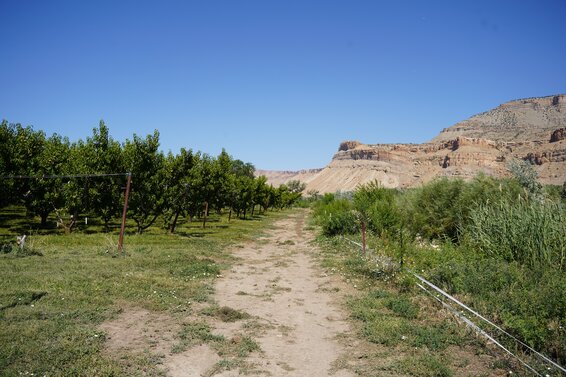
A peach is a desert fruit and therefore thrives in the warm day and cool night temperature combination that occurs in Palisade.
» Water

Reliable access and rights to the Colorado River, allow peach orchards to apply enough water for fruit to thrive.
Pictures from Palisade
Previous reporting
Type of story: Behind the Story
Describes why and how a story was reported.
Describes why and how a story was reported.



